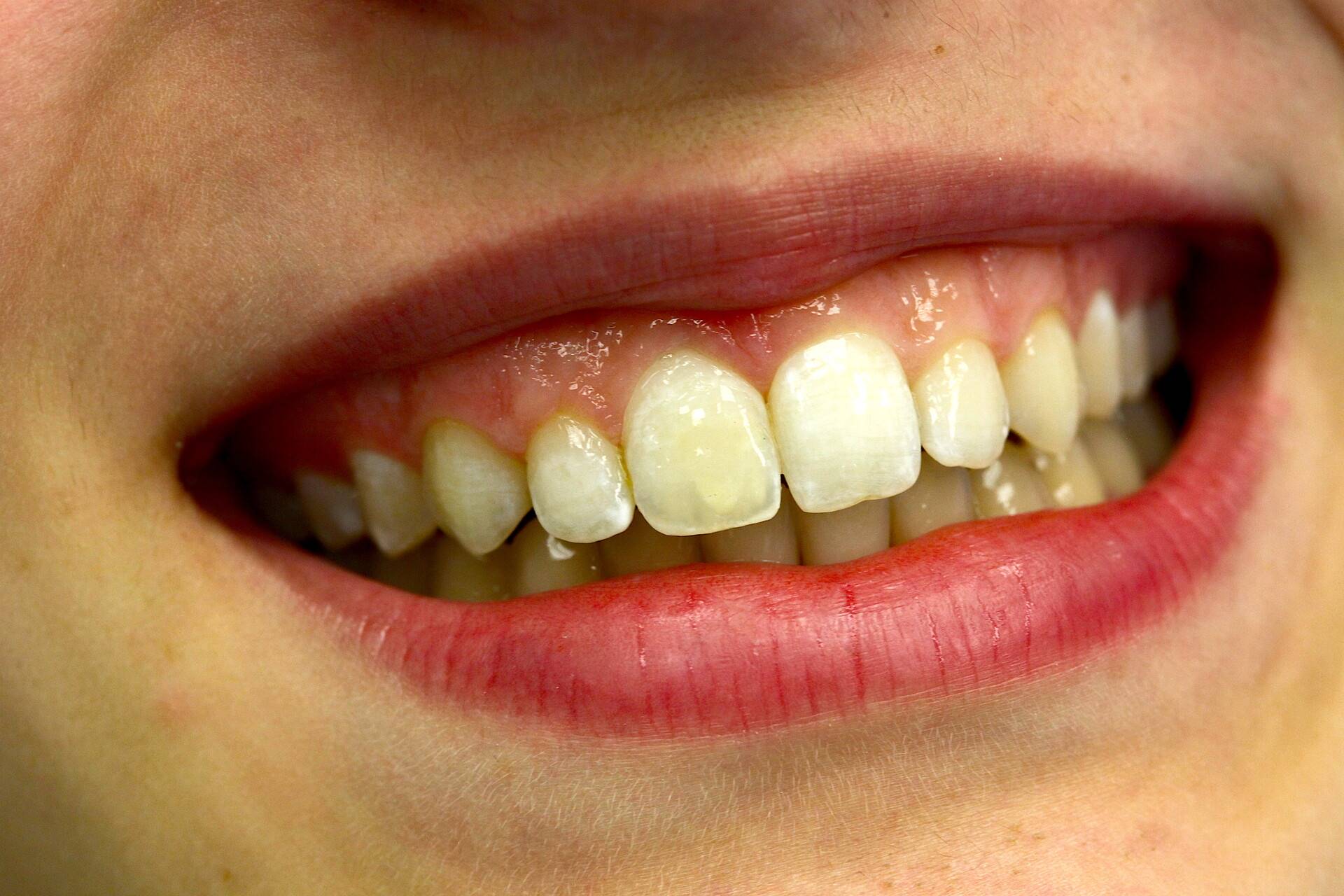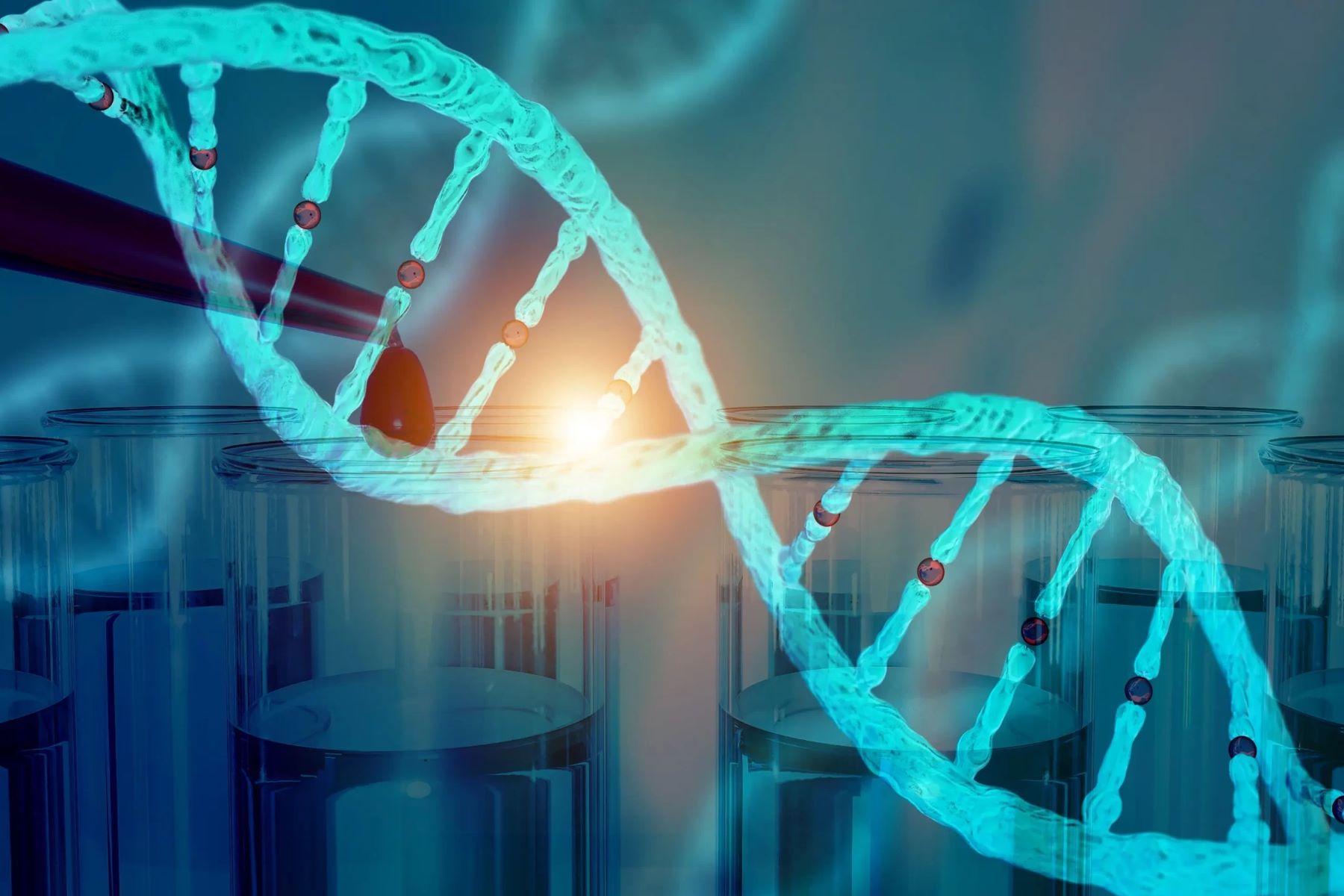
Dentinogenesis Imperfecta is a rare genetic disorder affecting the development of dentin, the tissue beneath tooth enamel. This condition leads to discolored, weak, and brittle teeth that are prone to breaking and wearing down. Dentinogenesis Imperfecta can occur alone or as part of other genetic conditions like osteogenesis imperfecta. Symptoms often include translucent teeth with a blue-gray or yellow-brown hue. Early diagnosis and treatment are crucial for managing dental health and preventing complications. Understanding the causes, symptoms, and treatment options can help those affected maintain better oral health and improve their quality of life.
Key Takeaways:
- Dentinogenesis Imperfecta (DI) is a genetic disorder that causes discolored, weak, and brittle teeth. It can affect both baby and adult teeth, and early diagnosis is crucial for managing the condition.
- Treatment for DI includes regular dental visits, fluoride treatments, dental sealants, and sometimes crowns or root canal therapy. Ongoing research aims to improve understanding and develop better treatments for this rare condition.
What is Dentinogenesis Imperfecta?
Dentinogenesis Imperfecta (DI) is a genetic disorder affecting the development of dentin, the tissue beneath tooth enamel. This condition can lead to discolored, weak, and brittle teeth. Let's dive into some fascinating facts about DI.
-
Genetic Disorder: DI is inherited in an autosomal dominant pattern, meaning only one copy of the mutated gene is needed to cause the disorder.
-
Three Types: There are three types of DI, each with varying severity and symptoms. Type I is associated with osteogenesis imperfecta, while Types II and III are not.
-
Discolored Teeth: Teeth affected by DI often appear blue-gray or yellow-brown due to the abnormal dentin showing through the enamel.
-
Brittle Teeth: The teeth are more prone to wear, breakage, and decay because the dentin is softer than normal.
-
Primary and Permanent Teeth: Both baby (primary) and adult (permanent) teeth can be affected by DI.
Symptoms and Diagnosis
Recognizing the symptoms and getting a proper diagnosis is crucial for managing DI. Here are some key points to consider.
-
Early Signs: Symptoms can appear as soon as the primary teeth erupt, often around six months of age.
-
Radiographic Features: X-rays of DI-affected teeth show bulbous crowns, short roots, and obliterated pulp chambers.
-
Pulp Exposure: Due to the thin enamel and soft dentin, the pulp (nerve) of the tooth can become exposed, leading to pain and infection.
-
Family History: A family history of DI can help in diagnosing the condition, as it is often passed down through generations.
-
Genetic Testing: Genetic tests can confirm the presence of mutations in the DSPP gene, which is commonly associated with DI.
Treatment and Management
Managing DI involves a combination of dental care and sometimes medical intervention. Here are some treatment options.
-
Regular Dental Visits: Frequent check-ups are essential to monitor the condition and prevent complications.
-
Fluoride Treatments: Topical fluoride can help strengthen the enamel and reduce the risk of decay.
-
Dental Sealants: Sealants can protect the teeth from wear and tear by providing a barrier over the enamel.
-
Crowns and Veneers: These can restore the appearance and function of affected teeth, making them stronger and more aesthetically pleasing.
-
Root Canal Therapy: If the pulp becomes infected, a root canal may be necessary to save the tooth.
Impact on Daily Life
Living with DI can present unique challenges, but understanding these can help in managing the condition better.
-
Dietary Restrictions: Avoiding hard and sticky foods can prevent tooth breakage and decay.
-
Oral Hygiene: Maintaining excellent oral hygiene is crucial to prevent secondary dental issues.
-
Self-Esteem: Discolored or misshapen teeth can affect self-esteem, especially in children and teenagers.
-
Speech Difficulties: Severe cases of DI can impact speech due to the altered shape and structure of the teeth.
-
Pain Management: Over-the-counter pain relievers can help manage discomfort associated with DI.
Research and Future Directions
Ongoing research aims to improve the understanding and treatment of DI. Here are some exciting developments.
-
Gene Therapy: Scientists are exploring gene therapy as a potential treatment to correct the underlying genetic mutations.
-
Stem Cell Research: Stem cells may one day be used to regenerate healthy dentin and enamel in DI-affected teeth.
-
Biomaterials: New biomaterials are being developed to create stronger and more durable dental restorations for DI patients.
-
Clinical Trials: Participating in clinical trials can provide access to cutting-edge treatments and contribute to scientific knowledge.
-
Patient Registries: Registries help researchers track the progression of DI and identify patterns that can lead to better treatments.
Support and Resources
Support networks and resources are invaluable for those living with DI. Here are some ways to find help.
-
Support Groups: Joining a support group can provide emotional support and practical advice from others with DI.
-
Educational Materials: Books, pamphlets, and online resources can help patients and families understand and manage DI.
-
Dental Specialists: Consulting with specialists in pediatric dentistry, orthodontics, and prosthodontics can provide comprehensive care.
-
Financial Assistance: Some organizations offer financial aid for dental treatments not covered by insurance.
-
Advocacy Organizations: Groups like the Osteogenesis Imperfecta Foundation offer resources and support for those with DI.
Interesting Historical Facts
DI has been recognized for centuries, and its history is quite fascinating. Here are some historical tidbits.
-
First Descriptions: The first detailed descriptions of DI date back to the 19th century.
-
Early Treatments: Early treatments were rudimentary, often involving tooth extraction and rudimentary dentures.
-
Genetic Discoveries: The genetic basis of DI was not understood until the late 20th century.
-
Famous Cases: Some historical figures are believed to have had DI, though records are not always clear.
-
Evolution of Care: Advances in dental technology have significantly improved the quality of life for those with DI.
Fun Facts
Let's end with some lighter, fun facts about DI that you might not know.
-
Animal Kingdom: DI-like conditions have been observed in some animals, including dogs and horses.
-
Art and Literature: DI has been depicted in various works of art and literature, highlighting its impact on human life.
-
Celebrity Awareness: Some celebrities have used their platforms to raise awareness about DI and other dental conditions.
-
Rare Condition: DI is relatively rare, affecting about 1 in 6,000 to 8,000 people.
-
Ongoing Research: Researchers continue to study DI to find better treatments and possibly a cure in the future.
Understanding Dentinogenesis Imperfecta
Dentinogenesis Imperfecta, a genetic disorder, affects the development of dentin in teeth. This condition leads to discolored, weak, and brittle teeth, making dental care crucial. Regular check-ups, proper oral hygiene, and protective measures can help manage symptoms. Genetic counseling might be beneficial for families with a history of this disorder.
Awareness and early intervention can significantly improve the quality of life for those affected. Dental professionals play a key role in diagnosing and treating this condition, ensuring patients receive the best care possible. While there's no cure, advancements in dental treatments offer hope and improved outcomes.
Staying informed about Dentinogenesis Imperfecta empowers individuals to take proactive steps in managing their dental health. Remember, knowledge is power. By understanding this condition, you can make informed decisions and seek appropriate care, leading to better dental health and overall well-being.
Frequently Asked Questions
Was this page helpful?
Our commitment to delivering trustworthy and engaging content is at the heart of what we do. Each fact on our site is contributed by real users like you, bringing a wealth of diverse insights and information. To ensure the highest standards of accuracy and reliability, our dedicated editors meticulously review each submission. This process guarantees that the facts we share are not only fascinating but also credible. Trust in our commitment to quality and authenticity as you explore and learn with us.


